

Love them or hate them the unpretentious and pugnacious P Class has been around for 100 years.
The P Class was designed in Whangarei by Harry Highet, an engineer, ex-soldier, and a leading bridge builder for the Ministry of Works. As a boy, he made a name for himself in Wellington as a great yachtsman.
Before the P Class Highet had designed several 14-footers, but the cost of building his house forced him to economise and scale down his 14-footer design by half. The P Class ended up being 7ft long (2.134m), with a 2-foot 10-inch (0.6121m) beam, a gunter-rigged mast of 10 feet (3m) and a boom of 7 feet 10 inches (2.4m). The flat triangular bow and the quarter-inch white pine construction made the boat unique.

WHANGAREI TO TAURANGA
The P Class debuted at the Whangarei New Year’s Day Regatta in 1920. It was the first boat in New Zealand to be unsinkable and easily rightable after a capsize. During one race Highet, who was six feet tall (1.83m) and 13 stone (82kg), capsized the boat, but quickly righted it and sailed on, catching the attention of a number of sailors.
By 1922 Highet had moved to Tauranga where several boats were built and given the letter ‘T’ for Tauranga. In January 1924 the plans and copyright were given to the Tauranga Yacht & Powerboat Club. Since then, the TYPBC has administered the P Class with help, for many years, from the Wellington Yachting Association. As the first large fleet in New Zealand, they became known as ‘Taurangas’. In the early 50’s the NZ Yachting Federation, allocated the letter ‘P’ to the design.
CLASS EVOLUTION
The P Class has developed from early boats with quarter-inch kauri or kahikatea planks and a cotton sail on a wooden gunter rig, to plywood construction with aluminium masts and Dacron sails, to today’s carbon masts and foils.
With each major design change the plans were rewritten for the new construction methods. There were large ‘P Class building’ programmes in clubs up and down the country.
The final ‘plank only’ boats with gunter rigs were sailed in the National Champs at Onerahi in 1953 (won by Rob Denniston from Tauranga). For the 1954 contest the whole fleet had changed masts, hulls and sails. A similar change happened over two seasons in the mid 1970s as wooden masts were changed for aluminium, and then again in the late 1990s to carbon masts.


NATIONAL REGISTER
At first each province developed its own register, so this often led to multiple entries with the same sail number. So in 1987 the NZ P Class register was set up by John Bullots based on Auckland P Class Register. It has been kept current ever since.
The oldest boat at the Centenary Regatta in January was Mintie (P69) built for Trevor Cox and sailed in the 1971 contest. She looks great, measures, and is down to weight.
Staccato, P15, was built in 1968 by Bill Moyes, using a Carter kitset. She is currently owned by Craig Monk and still competes in Murray’s Bay. P105, Cardinal Sin, is also still racing while Todd Olson recently refurbished P515, the boat built for him. His son Jack sailed the boat in the Plimmerton Nationals in Jan 2023.
Over the years P Class kitsets were used by various builders. Many of the earlier boats were built from Carter kitsets – the ‘Bird’ boats, from Whangarei builder Ward. had an alleged edge. But most were built by dads at club boatbuilding sessions.
During the 1980s Keith Elliot built a large number of boats in Christchurch using a variation of the ‘Griffin’ boats’ 10mm tolerance. Of late Dan Leech has been offering his ‘Flat Pack P Class’ which is popular for new builds. There have been six boats built since Covid with a couple more underway.
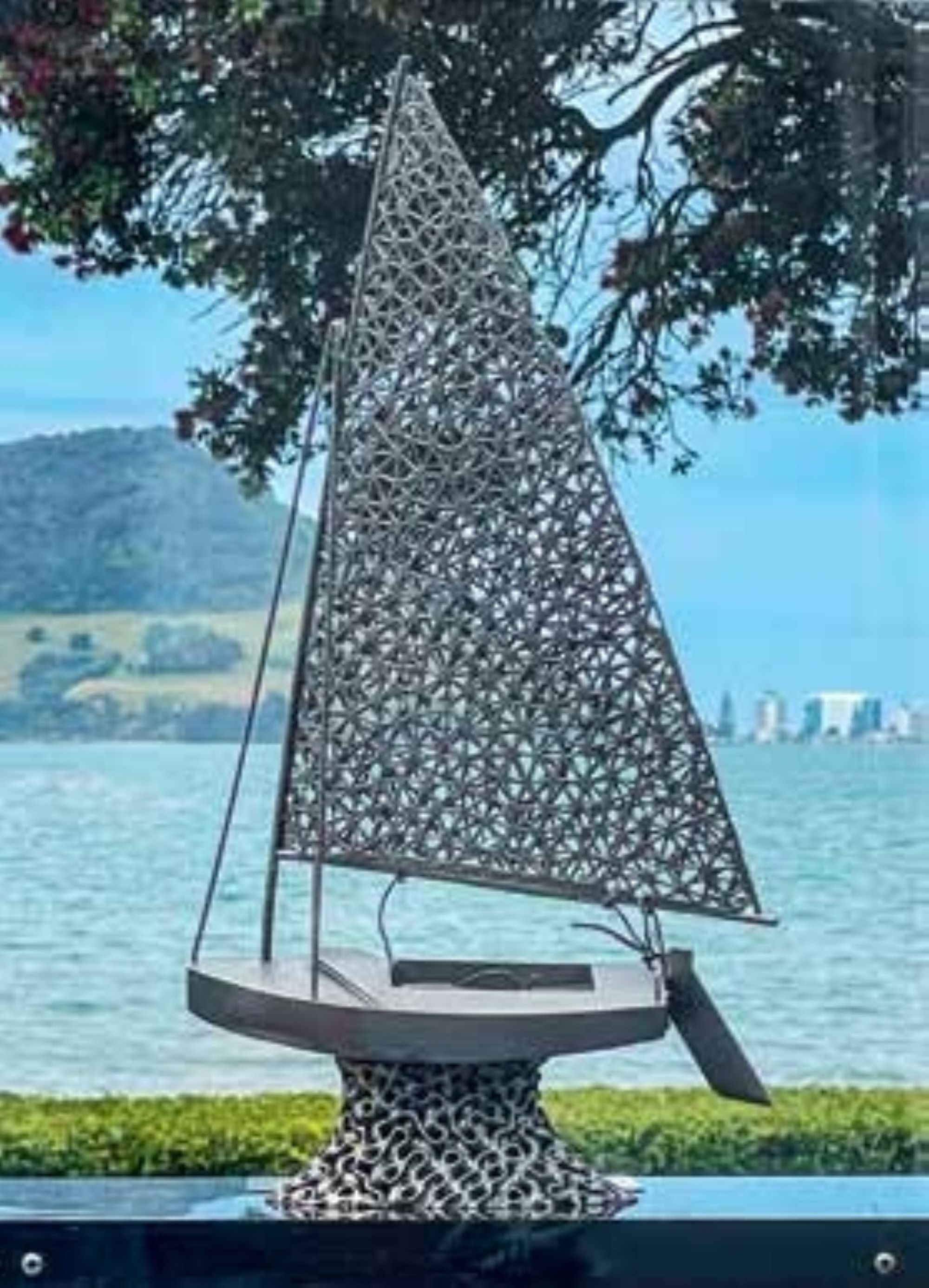
FIERCE COMPETITION
Competition in this class is fierce. The P Class is a difficult little boat to sail well. It is sometimes said that if you can sail a P Class you can sail anything. New Zealand sailors’ success in international youth and other sailing competitions is due in part to a good grounding in boat handling skills provided by the P Class.
The most important event in the P Class calendar is the Tanner Cup (Inter-provincial) and the Tauranga Cup (National Championships). These two competitions are held in early January.
The Tauranga Cup is an open championship that every P Class sailor can enter. For the Tanner Cup one representative from each province, selected by annual provincial trials, race each other for New Zealand’s premier P Class trophy.
The Tauranga Cup has evolved from an Inter Club Challenge – one representative from each club – to the Open event of today.
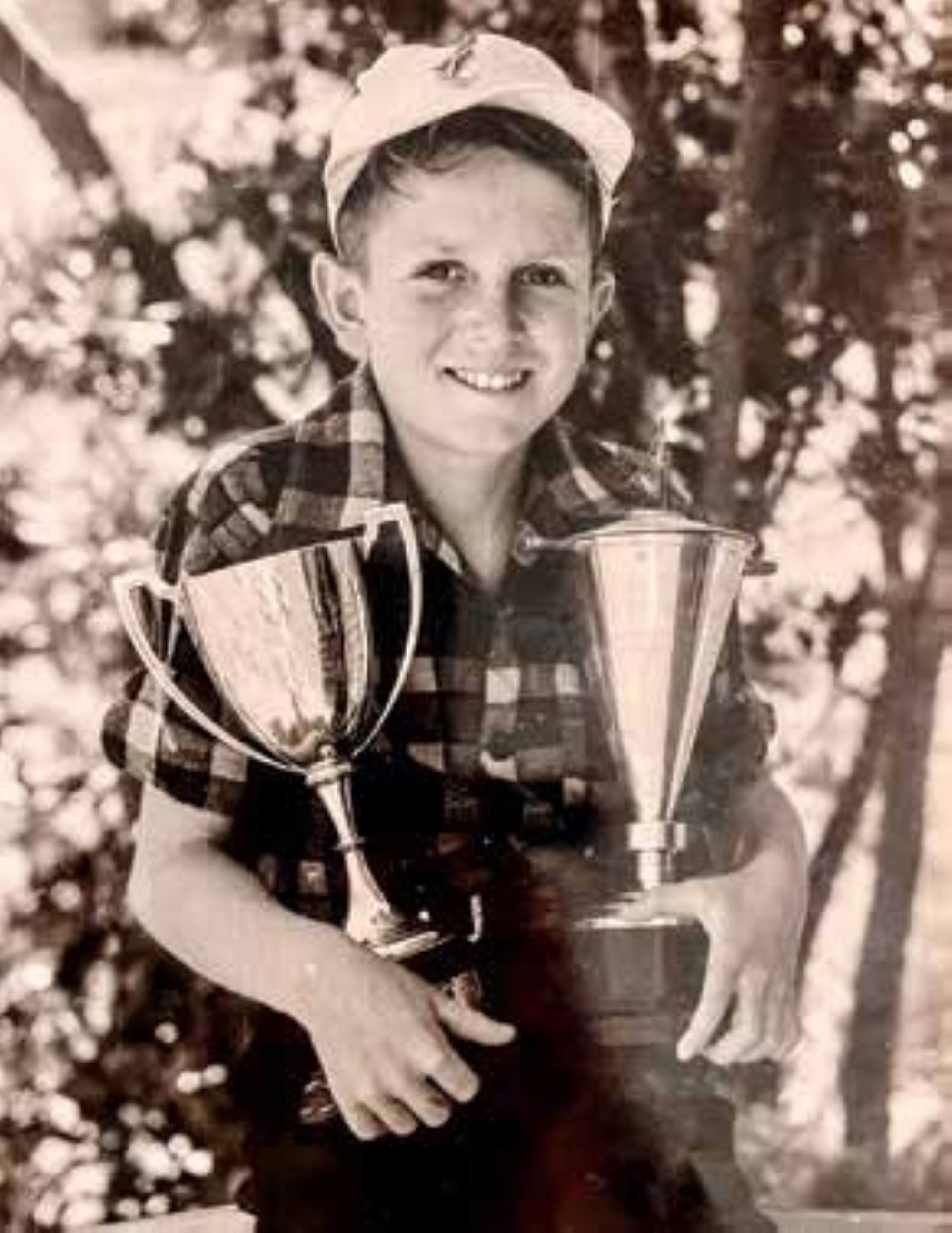

FIERCE COMPETITION
A chat to Jimmy Gilpin, the only person to win both the Tanner and Tauranga Cups three times, illustrates the vast changes in sailing during the life of the P Class. As a 12-year-old old he won the BOP Trials for the Tanner Cup in Christchurch. At first the TYPBC was reluctant to send him as it was expected to be windy in the South Island. However as the BOP trials were a swap boat series, the top sailor had been identified.
Jimmy went on to win the first three races, and under the scoring system used, he could not be beaten. The contest was over as a winner had been found.
Following tradition, the event was then hosted in Tauranga, and run by the ‘delegates’ elected by the club, who took the sailors to the event and formed the Race Committee.

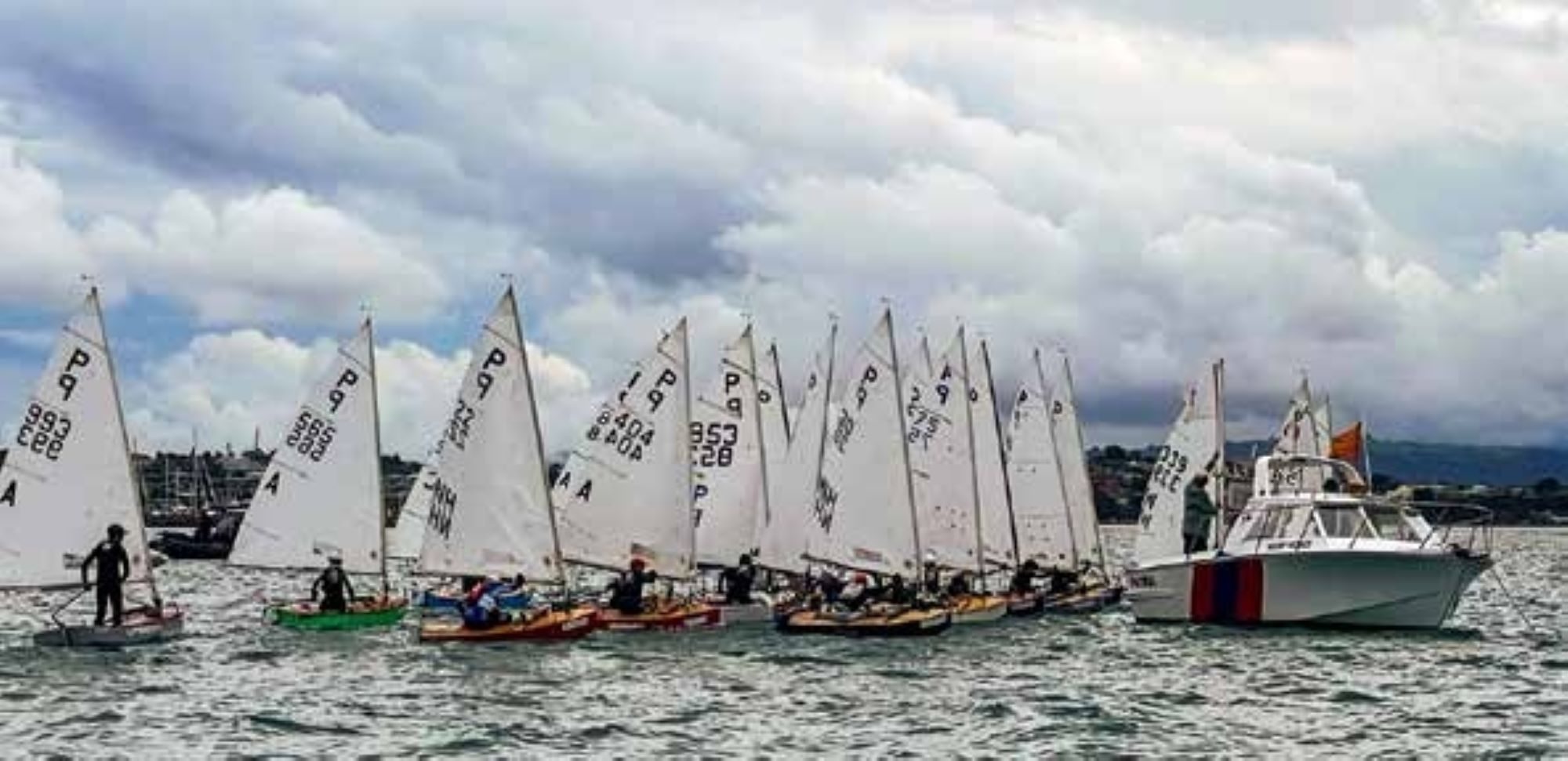
A WHO’S WHO OF SAILING
The roll call of sailors who have competed in this class includes Jimmy Gilpin, Robbie and Gary Denniston, John Moyes, Greg Palmer, Craig Gilbert, Dave Barnes, Peter Blake, Trevor Cox, Chris Dickson, Russel Coutts, Leslie Egnot, Jon Bilger, Barbara Kendall, Jo Aleh, Paul Snow-Hansen, Erica Dawson, Peter Burling, Jason and Thomas Saunders, Molly and Sam Meech, Blake McGlashan, Bella Jenkins, Will Leech, William Mason, Nelsen Meacham, and now the latest two-time winner of the Tauranga Cup, Oli Stone.
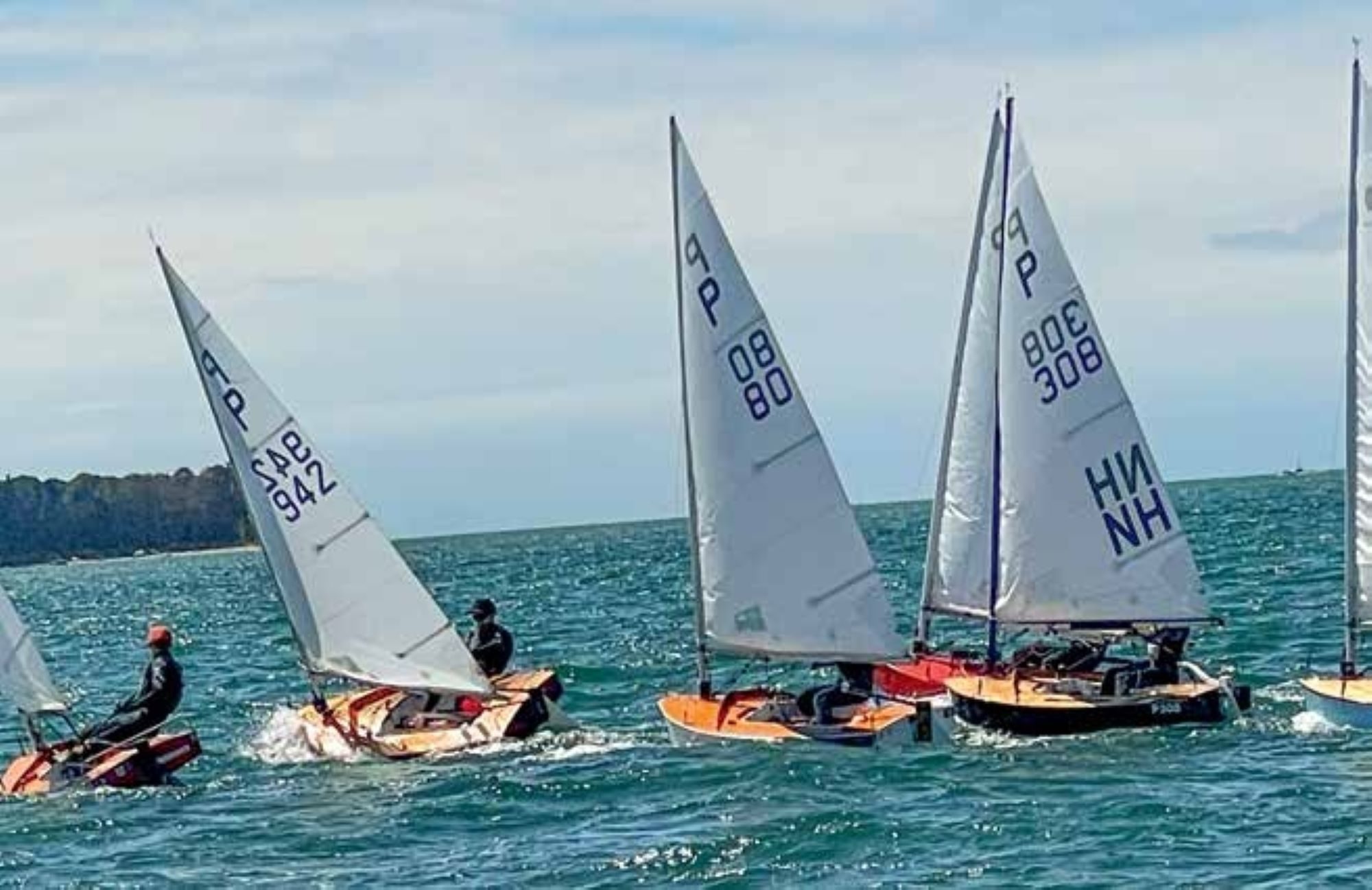

STILL RELEVANT
P Class boats are still sailed in clubs all over New Zealand, but the main racing fleets can be found Tauranga, Wakatere, Murrays Bay, Kohimarama, Howick, Plimmerton, and Charteris Bay. The most racing is done from August to January, as the fleet leads up to the Nationals in early January, with many sailors jumping back into Optimist or Starlings for their nationals around Easter.
The Wihau Shield raced in Tauranga in May is another well supported regatta. This series has the first day sailing your own boat, and then the top five sail each other’s boat on the second day. The remainder of the fleet sail for the Secretaries’ Cup. Last year saw 25 boats at Tauranga and this year’s event is scheduled for May 18-19.
The recent Centenary Regatta, Tauranga 2024, had 53 entries. A high-class fleet and a great sea breeze ensured some outstanding sailing. A closely-fought Tanner Cup was sailed in light conditions with Nathan Soper winning, however in a little more breeze Oli Stone defended the Tauranga Cup.
There was also a one-off race for the new ‘Centenary Trophy’. Oli Stone won that one too. Then it was time to get fathers and legends out sailing P Class in 18 to 20 knots of seabreeze. ETNZ sailors Peter Burling and Sam and Molly Meech came down for the day to join in. Pete Even got into his old boat, P942! Rohan and Sean Kensington also sailed their old boats, joining 16 other ‘oldies’ on the water.
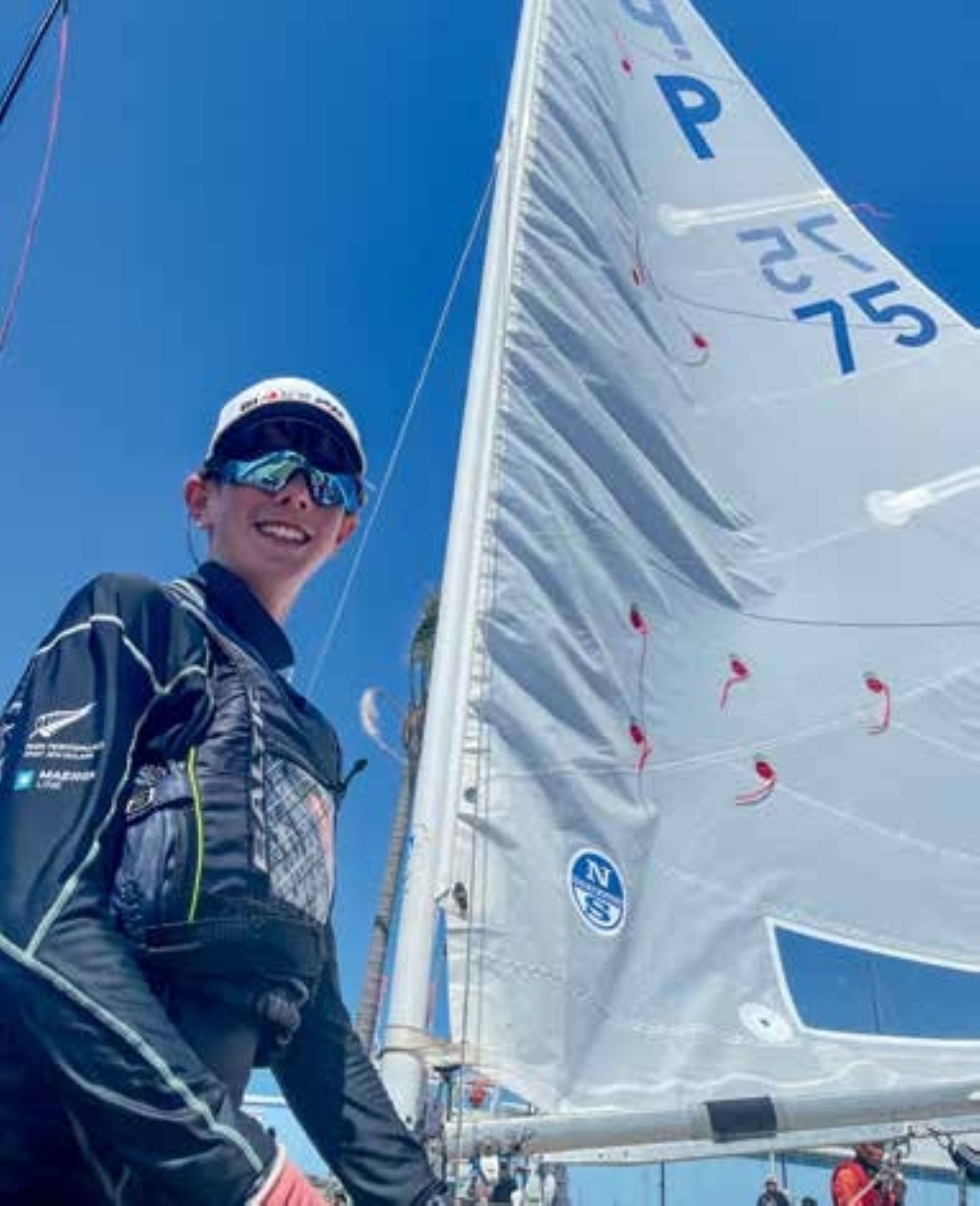
GREAT SUPPORT
For a 100-year-old class there is still great support from sailors and parents who sailed P Class in the past. The sailing challenges and what the sailors learn about boat handling and boat preparation still is relevant today. The class is difficult to sail, but produces great sailors.
For more info contact the TYPBC or Pclass@tauranga.co.nz




